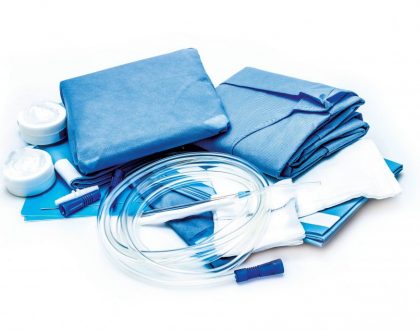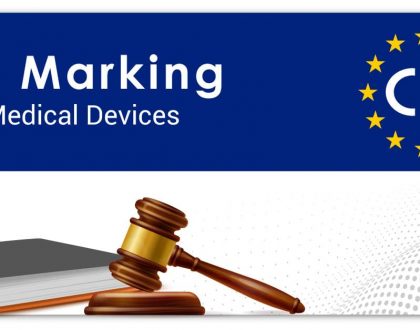Mutual Recognition Agreement Amendments 2013: How Do They Affect Device Registration
by admin
The Mutual Recognition Agreement between Australia and the European Union (EU), the EC MRA, facilitates medical device sponsors (entities or individuals who place medical devices on the market in Australia) to use CE Marking certificates as evidence of conformity to Australian regulatory requirements for some medical devices. Since being signed in 1998, the Agreement has provided a much shorter path to market in Australia for most CE Marked medical devices. However, the EC MRA has recently undergone changes which restrict previously covered devices. Changes came into affect on January 1 2013 and are described in more detail below.
Australian Product Registration
Device inclusion (product registration) on the Australian Register for Therapeutic Goods (ARTG) can be completed using a CE Marking certificate (amongst other documentation including a manufacturer’s Australian Declaration of Conformity dependent on device type and classification). The EC MRA allows a certificate to be used by a sponsor as evidence of conformity to the Therapeutic Goods (Medical Device) Regulation 2002 as amended (the Regulation) and the Therapeutic Goods Act 1989 (the Act). Certificates are submitted to the Therapeutic Goods Administration (TGA) via an online system called eBusiness, this is then followed by a device application using the same system.
The abridged process allows for reduced TGA fees and faster access to market. For further information regarding product registration, see Product Registration and TGA Medical Device Registration.
EC MRA Changes and Current Exclusions
The majority of changes introduced on January 1 2013 are administration related, however the following key changes are relevant to medical devices:
- Clarifying and expanding the scope of devices containing medicines or materials of human or biological origin that are excluded from the EC MRA (see below for more detail).
- Permitting radioactive medical devices of lower risk classes to be included in the MRA
- Adding measures which require confidence building activities to be undertaken for a broader range of medical devices (including all Class III medical devices). These ‘confidence building’ activities are yet to be defined however it is suspected that these will include carrying out a level 2 audit for these devices.
- Removing the clause which required the TGA to include devices on the ARTG within 5 working days after receipt of an MRA certificate.
- A plan to extend the Agreement to include in vitro diagnostic (IVD) devices in the future.
Importantly, the EC MRA excludes the following devices:
- Devices incorporating animal derived tissues, medicines or materials of human or biological origin, and/or radioactive materials (excluding low risk devices which are included in the MRA).
- Barrier contraceptive devices (excluding condoms).
- IVD devices.
- Devices manufactured in other countries, such as the USA, (even those devices that have CE marking).
What it Means
For the devices/device types listed above, sponsors cannot provide CE Marking as evidence of compliance with the Regulation and Act. These devices must undergo full TGA conformity assessment. For further information regarding TGA Conformity Assessment, see TGA Conformity Assessment.
All other devices/device types can access the abridged process of product registration. Some devices may require additional review, such as a level 1 or 2 audit, however this is dependent on device type and classification. Contact KD&A for more information.
How KD&A Can Help
KD&A have many years of experience obtaining ARTG inclusions for a broad range of medical devices via product registration and TGA Conformity Assessment. We can assist your organisation to understand EC MRA changes and how they affect you, or assist in gaining ARTG inclusion for your medical device.
Contact us if you would like a quote for our services – or see what some of our clients have to say about KD&A.
Recommended Posts

January 2024 Updated Guidance – System or Procedure Packs
February 28, 2024

Guidance on the vigilance system for CE-marked devices and the Device Specific Vigilance Guidance (DSVG) Template
February 19, 2024

TGA Fees and Charges Proposal 2024-25
February 1, 2024
